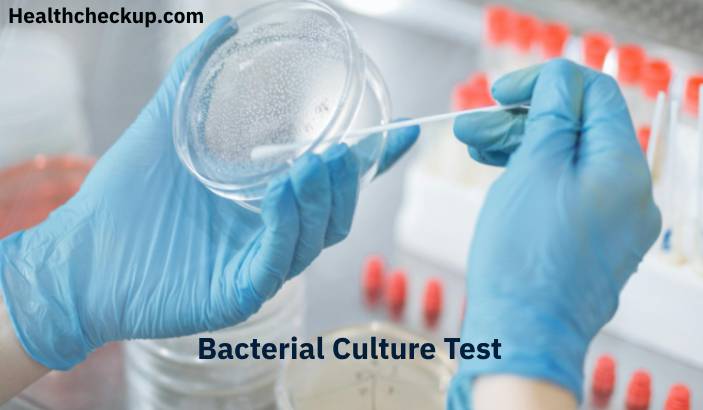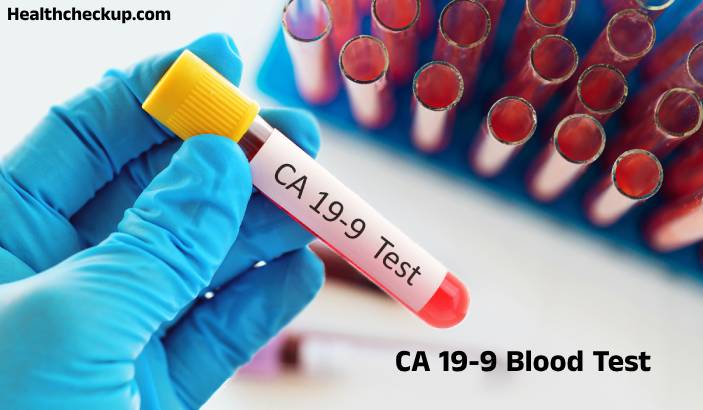Bacterial culture tests are fundamental procedures in microbiology used to identify and assess bacteria present in various samples from the body. This test is pivotal for diagnosing infections, guiding antibiotic therapy, and in broader public health efforts to monitor and control the spread of diseases. Understanding the purpose, preparation, procedure, and interpretation of results, as well as potential risks, is crucial for both healthcare providers and patients.
Purpose of Bacterial Culture Tests
- Identifying Infections: Determines the presence of bacteria in samples taken from sites of suspected infections.
- Guiding Treatment: Helps in selecting appropriate antibiotics based on the sensitivity of the cultured bacteria to specific antimicrobials.
- Infection Control: Assists in identifying outbreaks and monitoring the spread of bacteria within healthcare settings or the community.
- Health Monitoring: Used in health checks to identify potentially harmful bacterial carriers or infections in asymptomatic individuals.
Preparation for Bacterial Culture Tests
- Sample Collection: Proper collection and handling of the sample are paramount to avoid contamination and ensure the accuracy of the test.
- Sterile Technique: Requires the use of sterile equipment and techniques to collect samples from blood, urine, throat, or other tissues.
- Fasting: Not generally required unless specified by the healthcare provider based on the type of sample.
- Medication and Health Status: Patients should inform healthcare providers about any antibiotics or other medications being taken, as these can influence the results of the culture.
Procedure of Bacteria Culture Tests
- Collection Sites: Common sites for sample collection include the throat, blood, urine, stool, and other bodily fluids or tissues.
- Laboratory Processing: The sample is plated on a medium that supports bacterial growth and incubated under conditions ideal for bacteria to thrive.
- Observation: Growth is observed over time, and any bacteria that grow are identified based on their growth characteristics, shape, and color.
- Sensitivity Testing: If bacteria grow, further testing to determine antibiotic sensitivity (antibiogram) is often performed to guide treatment.
Normal Results
- Negative Result: Typically indicates no growth of pathogenic bacteria and is considered a normal result.
- Normal Flora: Some samples, like those from the throat or skin, might show growth of normal bacterial flora which is not usually cause for concern.
Results Interpretation
- Positive Cultures: Indicates the presence of bacteria. Further testing is done to identify the specific type of bacteria and their antibiotic sensitivity.
- Quantitative Cultures: Some results are reported quantitatively, indicating the amount of bacteria present, which can help determine the severity of an infection.
- Mixed Growth: Sometimes, multiple types of bacteria may grow in a culture. This could indicate contamination or a polymicrobial infection.
Risks Associated with Bacterial Culture Tests
- Invasive Procedures: Some sample collections, such as those involving blood or tissues, can be invasive and might lead to pain, swelling, or infection at the collection site.
- Contamination: Improper sample collection can lead to contamination, which may result in inaccurate test results.
- Delayed Diagnosis: While waiting for culture results, which can take several days, there might be a delay in starting treatment, potentially worsening the patient’s condition.
Bacteria culture tests are invaluable in the field of medical diagnostics, providing essential data for the effective treatment and management of infections. They are instrumental in identifying the causative agents of infections and determining their sensitivity to antibiotics, thus enabling targeted antibiotic therapy. This not only improves patient outcomes but also helps in combating antibiotic resistance by ensuring appropriate use of these medications.
For patients undergoing a bacterial culture test, understanding the procedure and its importance in their care regimen is crucial. While the test involves minimal risks, the benefits it offers in terms of precise medical treatment are substantial. Healthcare providers must ensure that patients are well-informed about the test preparation, procedure, and what to expect from the results to manage any anxiety related to the testing process and to ensure compliance with the prescribed treatment regimen.
As medical technologies advance, the speed and accuracy of bacterial culture tests continue to improve, further enhancing our ability to tackle infectious diseases effectively and efficiently. Whether in a routine check-up or a critical care setting, bacterial culture tests remain a cornerstone of modern medical diagnostics, underpinning our ongoing efforts to maintain public health and safety.








